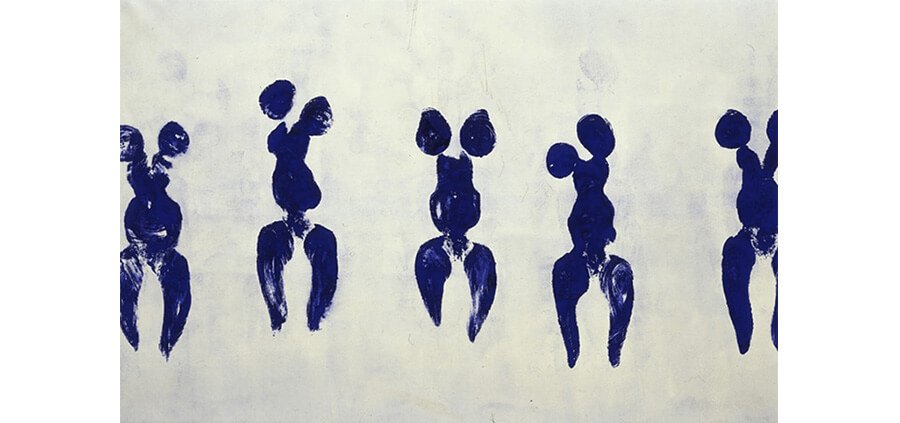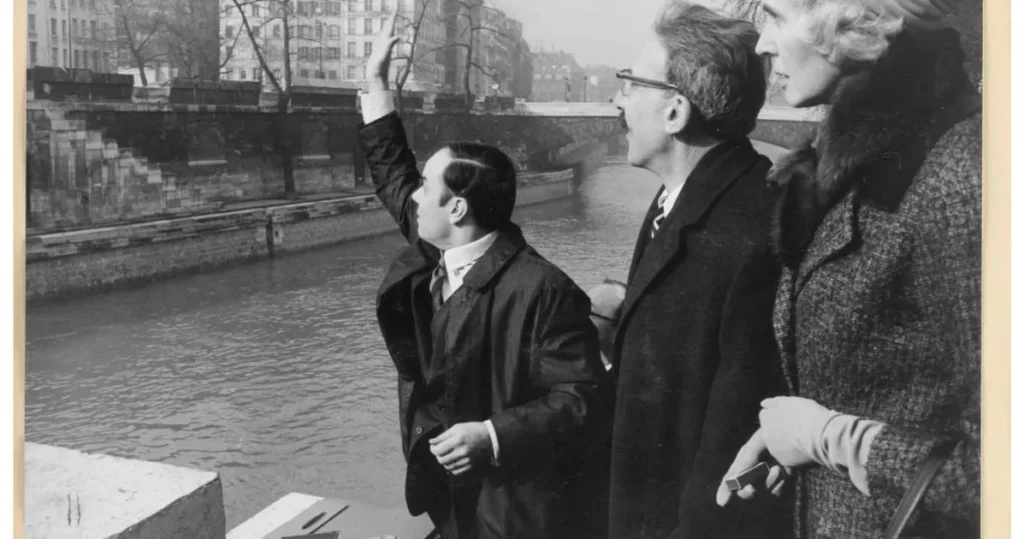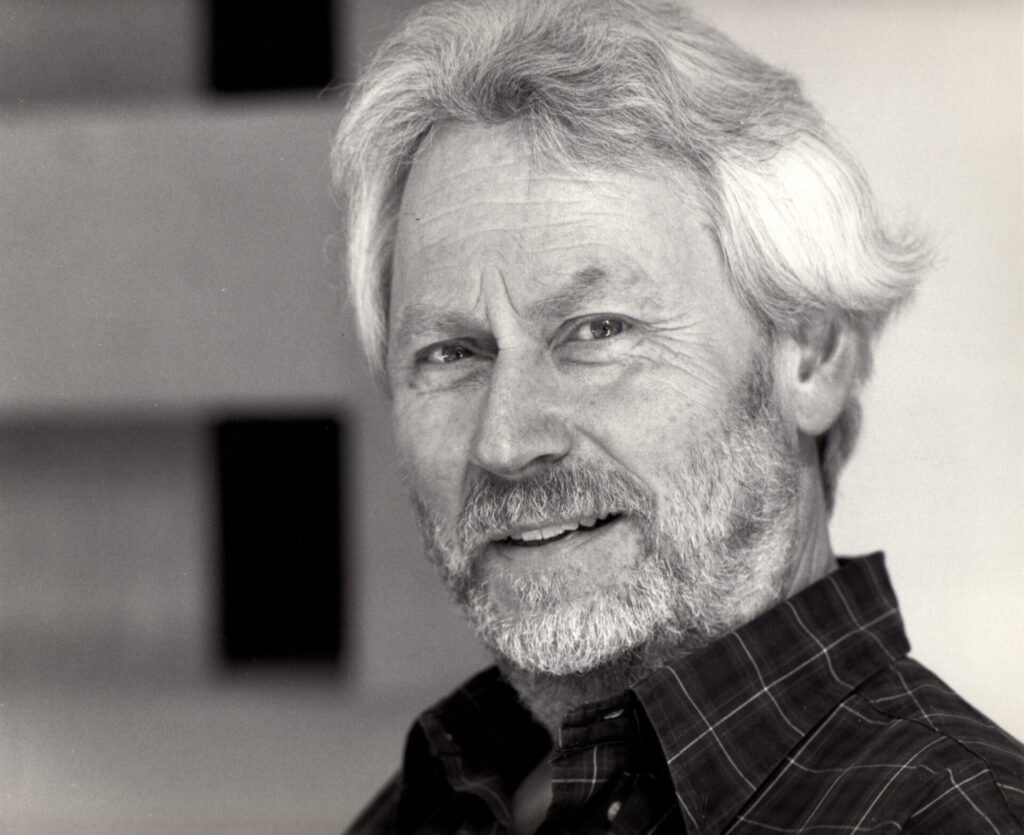Yves Klein was born in Nice in 1928 and, in just a few seasons of production, redefined the role of color and void in contemporary art. Influenced by Eastern disciplines such as judo and Zen practices, Klein proposed that blue could act as a sensitive space in itself. In 1956, he patented International Klein Blue, an ultramarine hue valued for its depth and luminosity. From that point on, he introduced monochromy as a performative gesture, challenging traditional painting and expanding the field of art appreciation.

The Anthropometries series, created with nude models pressed against canvases soaked in paint, shifted the pictorial act to the body and ritual action. This process anticipated many of the conceptual questions that would later emerge in the Fluxus movement. Therefore, Klein positioned himself as a key figure for anyone looking to buy art that transcends the visual object, diving into concept and performance as artistic expression.

The Convergence Between Klein and Fluxus
Fluxus emerged in the early 1960s as an international network of artists, musicians, poets, and designers who questioned the traditional art market and the boundaries between disciplines. Coordinated by George Maciunas, the group organized festivals and publications that brought together performances, graphic scores, visual scripts, and kitsch objects in brief and unpredictable events.
Inspired by John Cage’s silence, Marcel Duchamp’s readymades, and the idea of intermedia—the practice of combining distinct media into a single act—artists like Nam June Paik, Yoko Ono, and Dick Higgins democratized aesthetic production. They distributed assembly instructions in envelopes and encouraged collective participation, turning art appreciation into an active experience.
Klein’s work displayed many characteristics that Fluxus would later embrace. In 1959, his Zones of Immaterial Pictorial Sensibility invited collectors to purchase a piece of void: the buyer would deposit gold, receive a receipt, and by burning that document in a public ceremony, transform the act into part of the artwork itself. Thus, the artist shifted the artwork’s value from the object to the event. This logic resonates today with those looking to buy art pieces that carry meaning beyond form.

In 1960, Klein published the newspaper Dimanche. It was a one-day-only issue. It blended texts, cutouts, and announcements. Fluxus later reformulated this idea. They made ephemeral and collectible periodicals.
His monotone symphonies were performed in silence. His immersive body gestures were also important. These invited the public to see art differently. Art was not seen as a finished product. It was a temporal and processual experience. That idea strongly influences today’s buyers. They seek art that interacts with time. It must also engage with the audience.
Both Klein and Fluxus shifted focus from material art. They focused on the dynamics of reception. Their shared legacy remains alive in contemporary art. This is true for those buying art online. They must have critical awareness. They also need aesthetic sensitivity.


